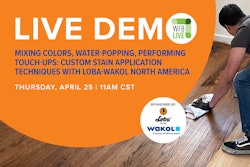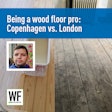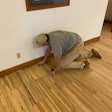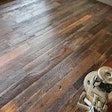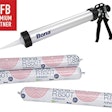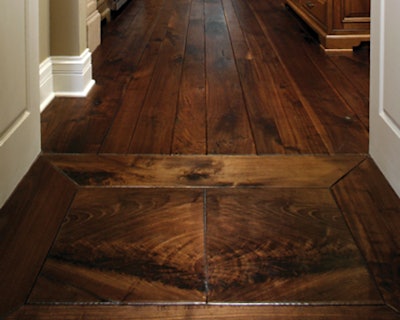
Q: I have a hard time explaining to customers why a glossy finish might not be the right choice when they have a busy household. Many people in those situations still think they want a glossy floor. Help?
Dan Antes at Distinctive Hardwood Floors in Nashville, Ind., answers:
High gloss shows a lot more wear compared with matte or satin finish. Every scuff and scratch jumps out at your eye. Many people think they want a gloss finish when, in fact, they want clarity and depth to the appearance of the floor. The French call this “chatoyance.” This term is also used for gems and semi-precious stones like tiger eyes, opals, moonstones and labradorite. It is basically the three-dimensional aspect of well-finished wood that I like to simply call “depth.”
Most flooring professionals will apply three coats of satin if they are doing a satin polyurethane. Flat sheens are obtained by adding flatteners such as crushed microcrystalline silica or microcrystalline aluminum oxide to the finish. These minerals randomly diffract the light that hits the surface of the finish, which effectively decreases the shine of directly mirrored light. They also have an effect on the light that hits the translucent wood fibers and how they are returned to the eye, effectively decreasing chatoyance, or depth.
I find the best way to achieve depth while using a matte or satin surface finish that wears well is to apply the final satin coat as only the last coat. I use gloss for all build coats; only the final sheen coat is satin. This decreases the loss of light play from the wood that is obscured by too many layers of flatteners in the finish. This makes for a floor that shows a ton of depth and light play, yet does not show every scuff, scratch and dirt particle.
The other way to achieve this is to sand the floor to 320 grit or higher, wet the floor with water to open the grain and then burnish in a coat of penetrating oil finish with steel wool. I prefer this method for both initial aesthetics and long-term maintainability of the floor. A properly cared-for burnished penetrating finish will last a lifetime if you are willing to re-oil the traffic areas once or twice a year (only the worn areas must be recoated).


















